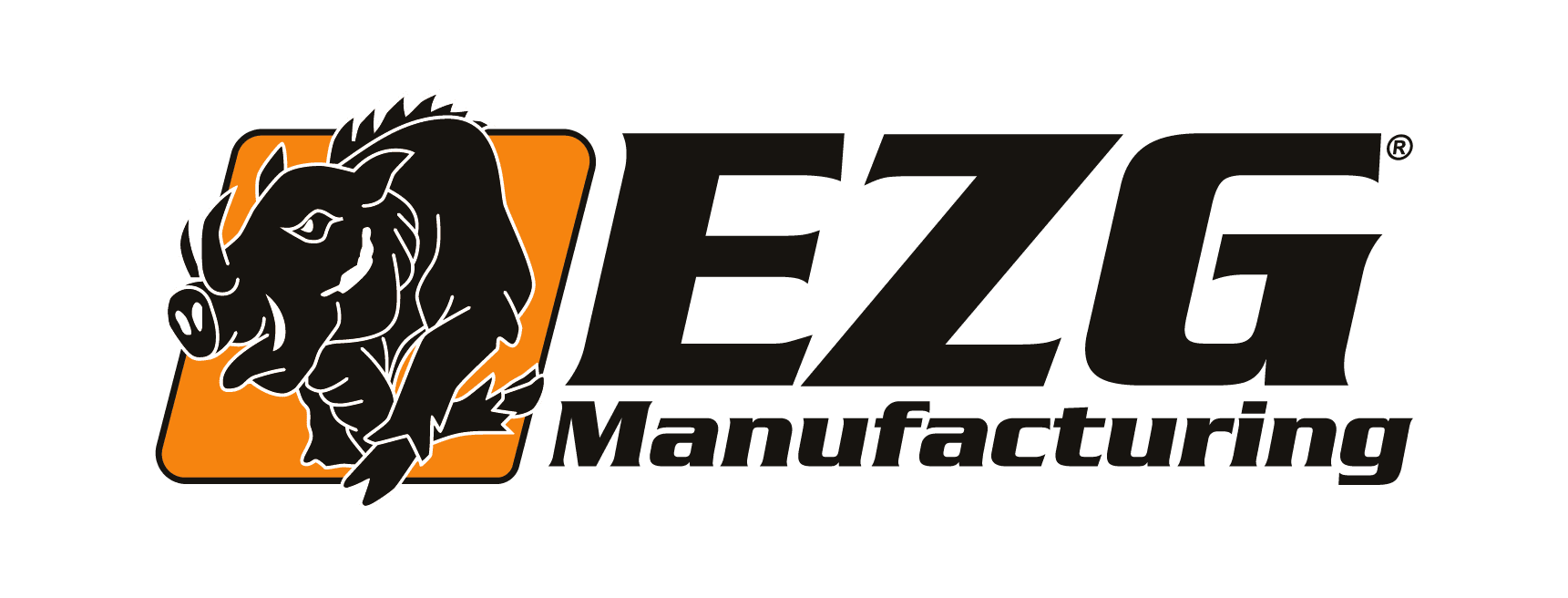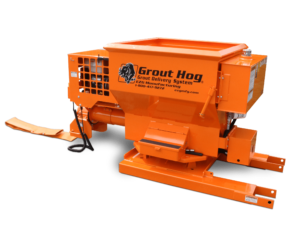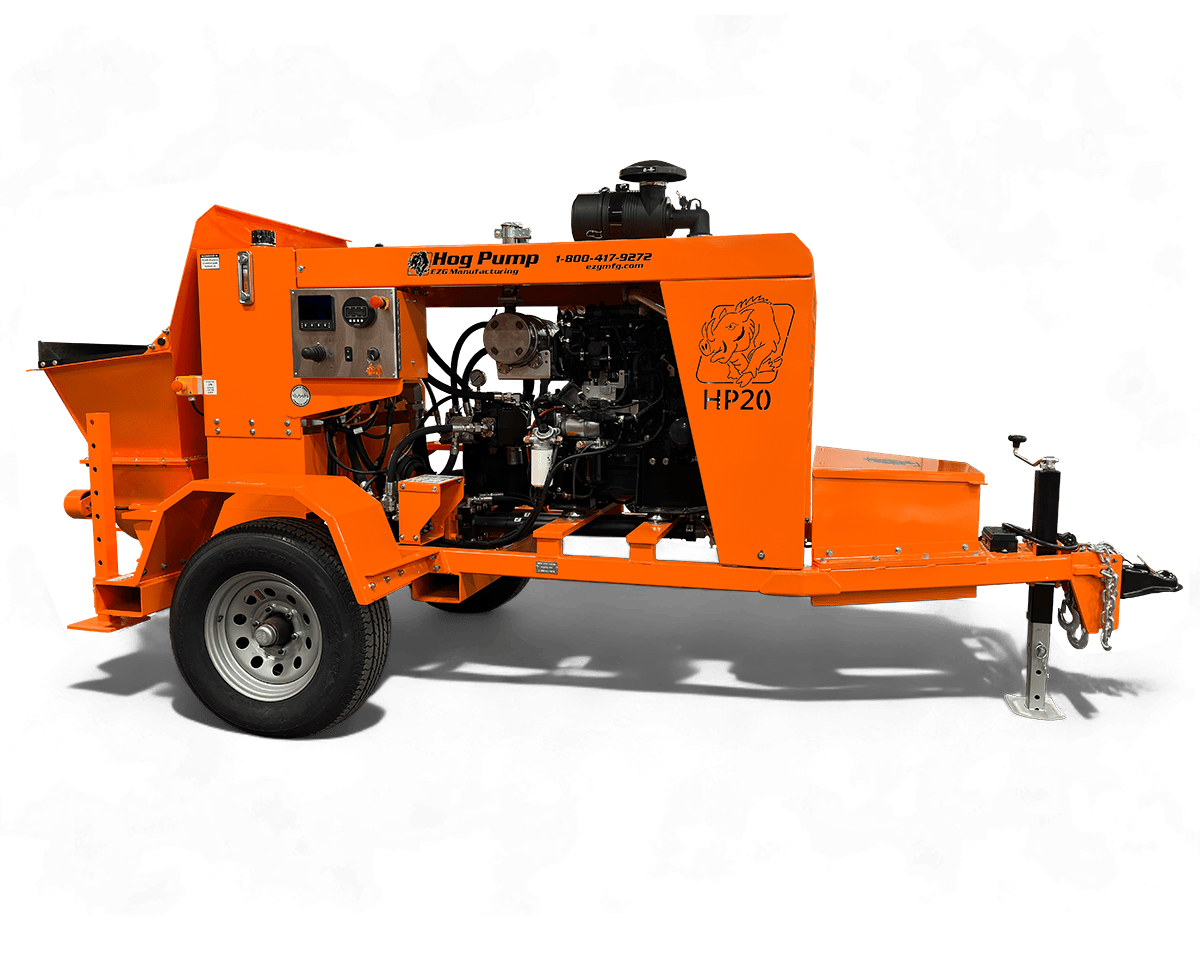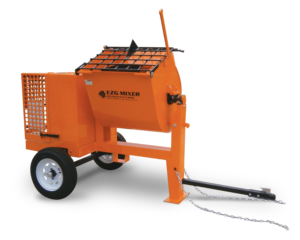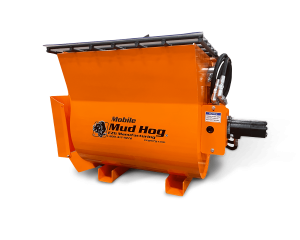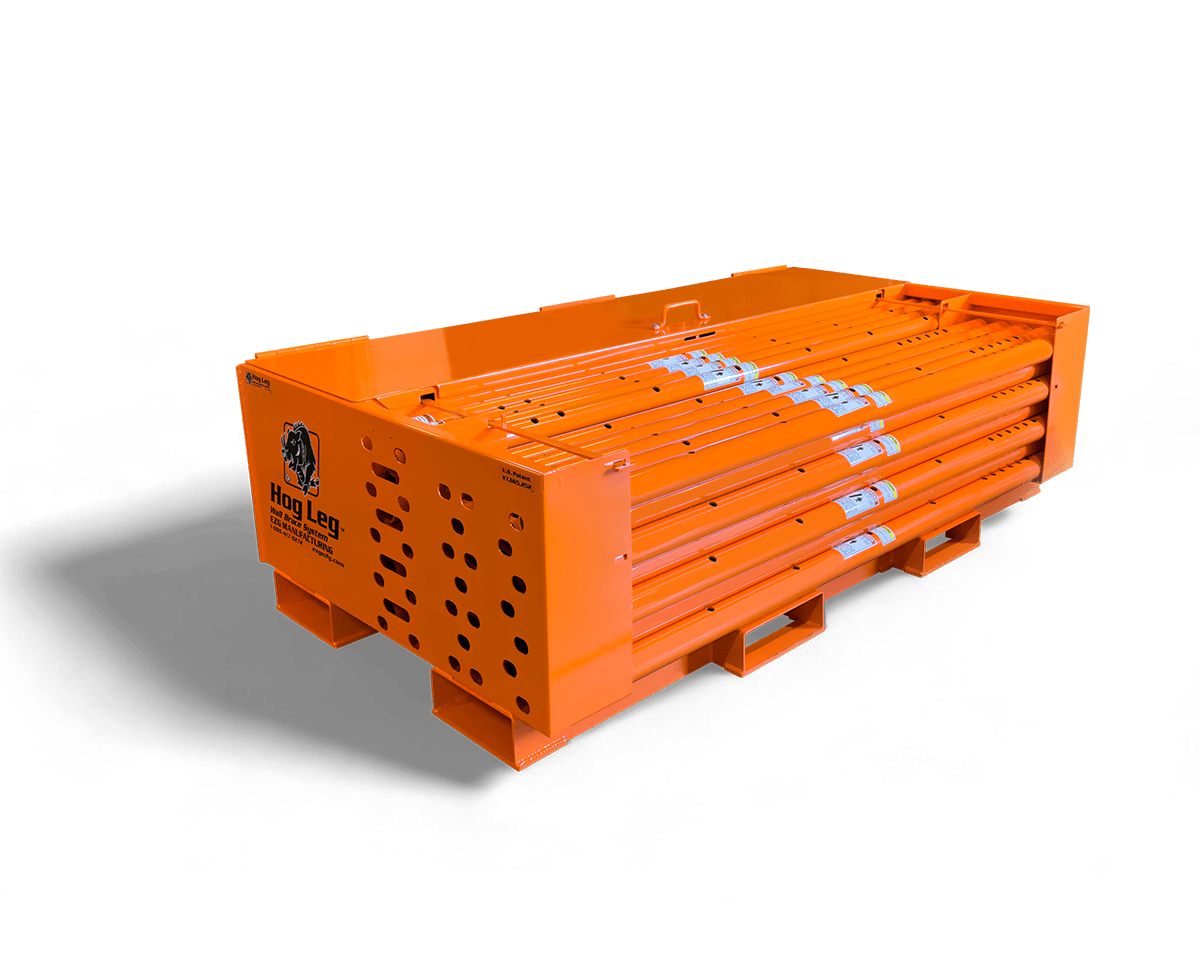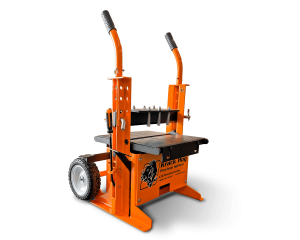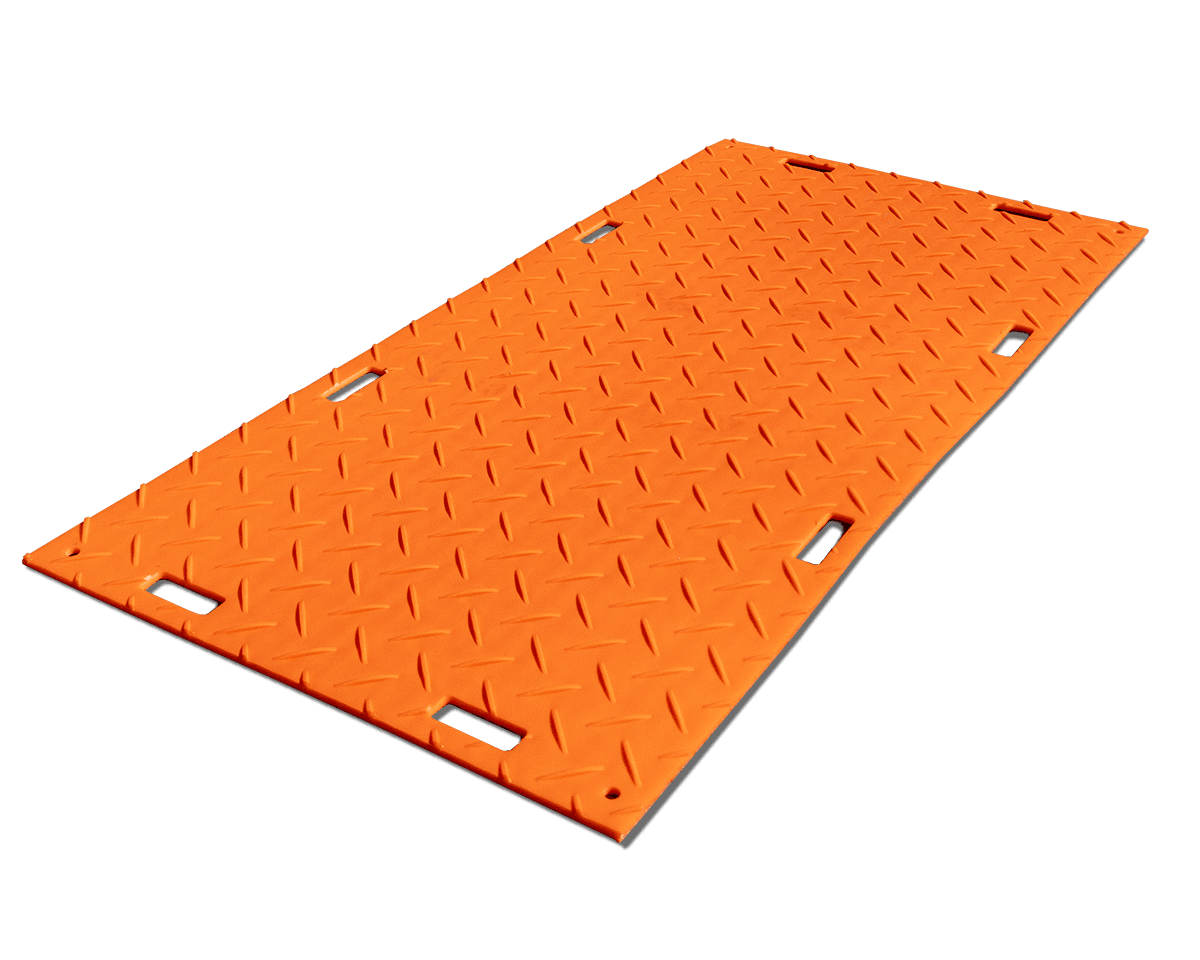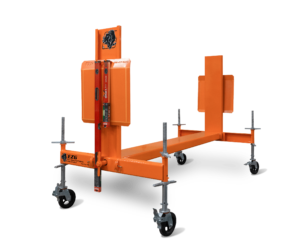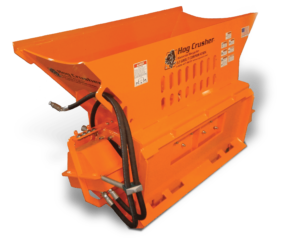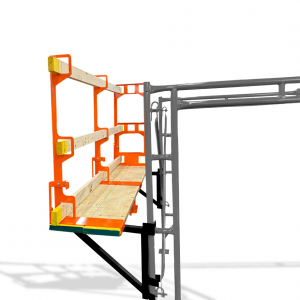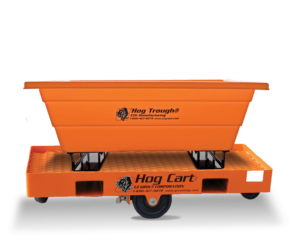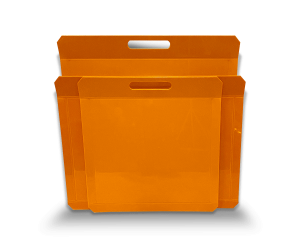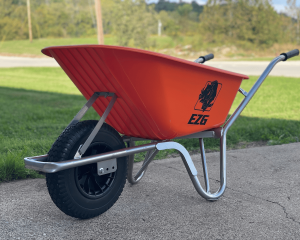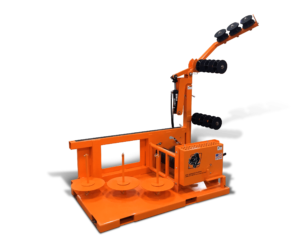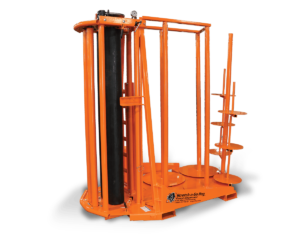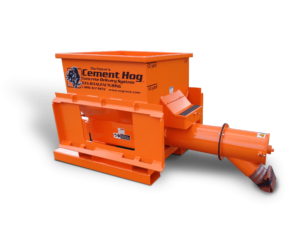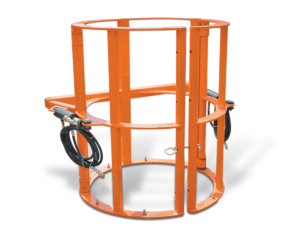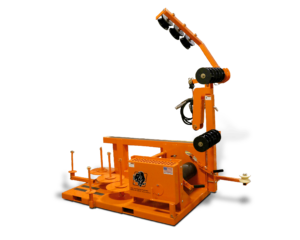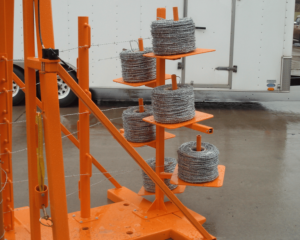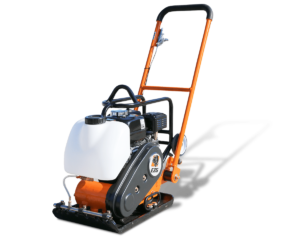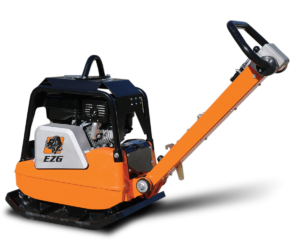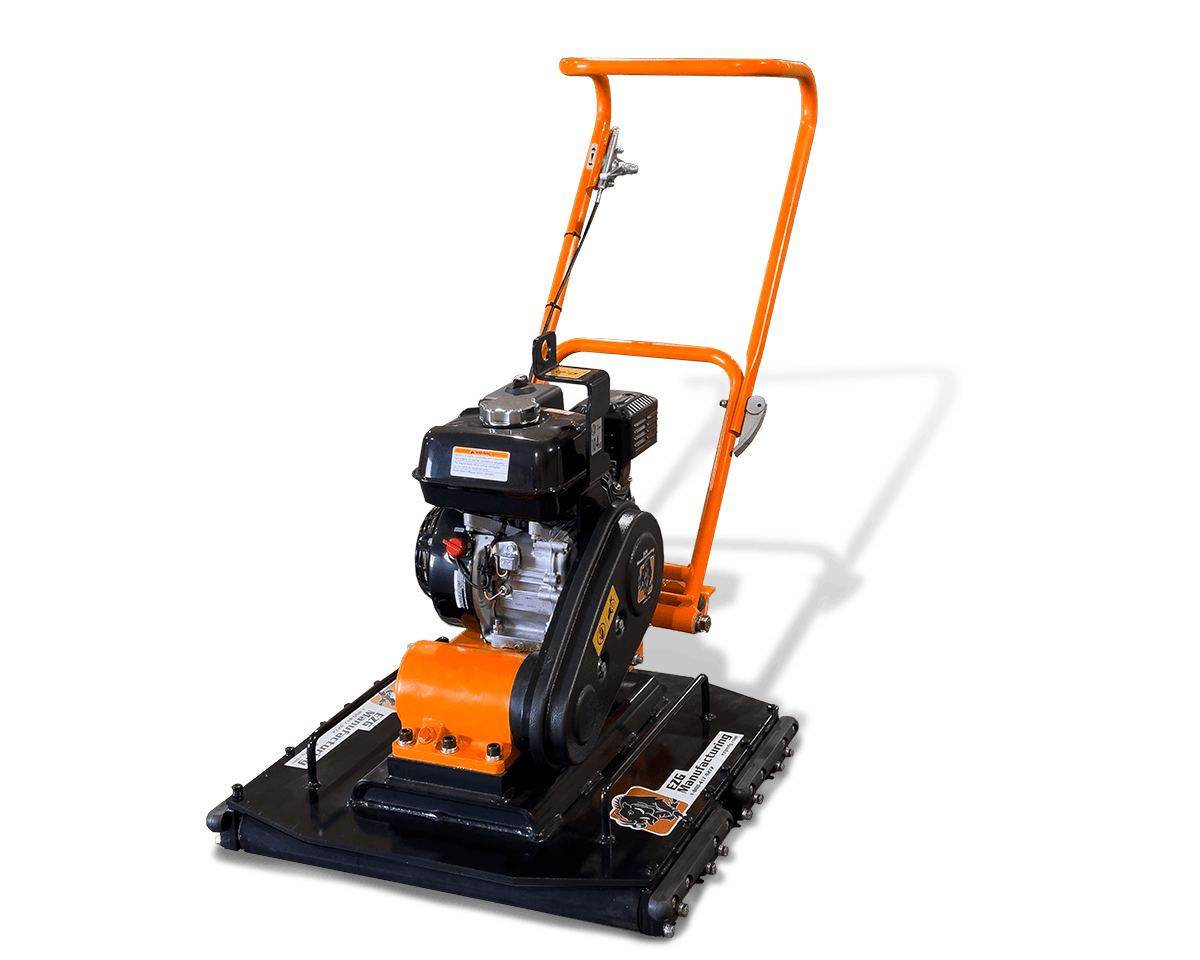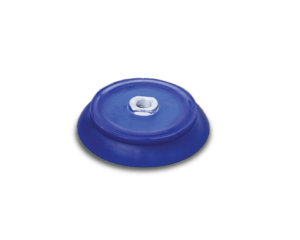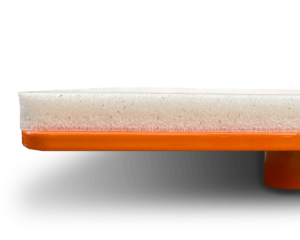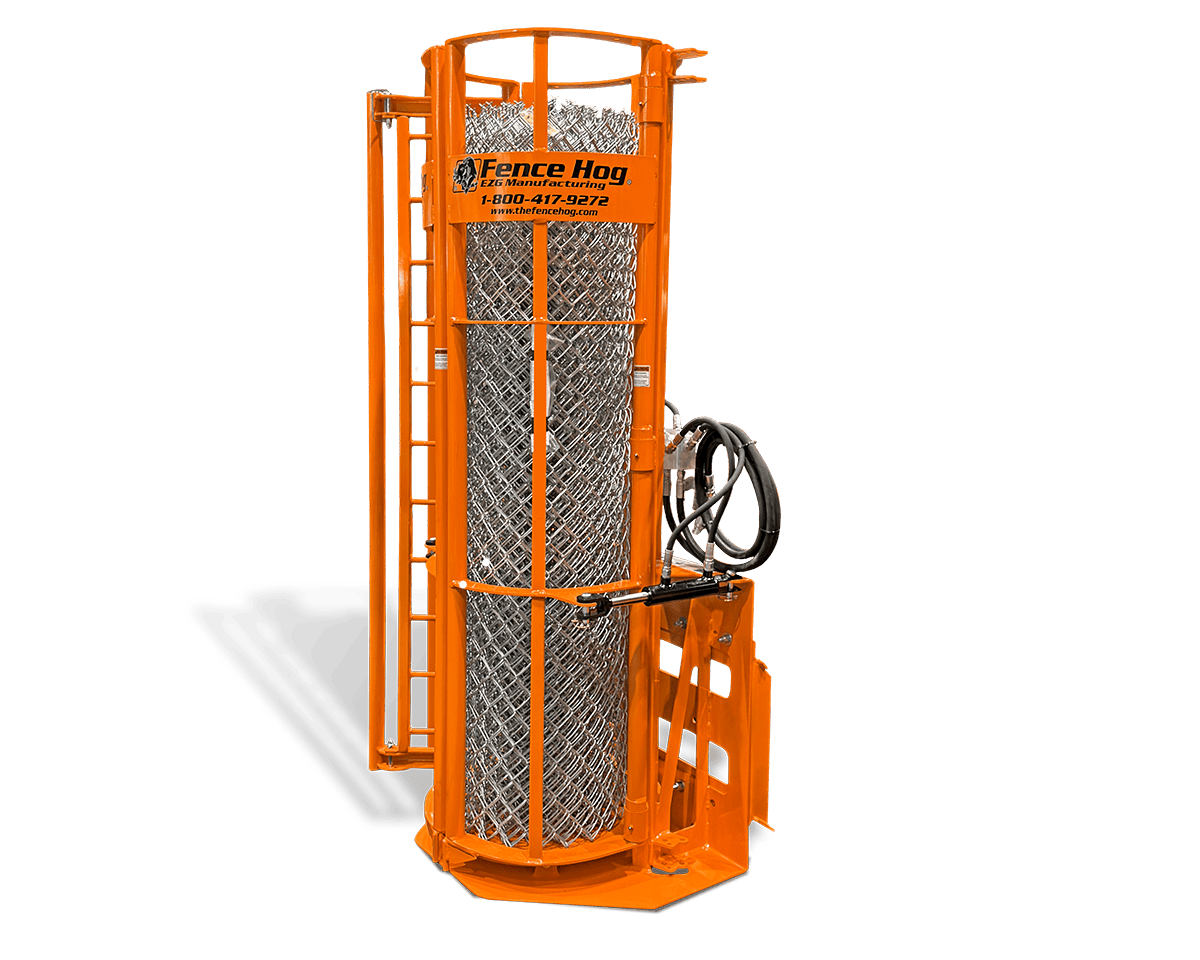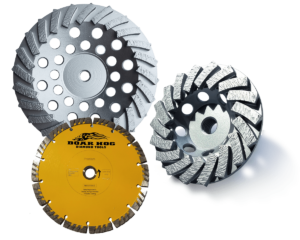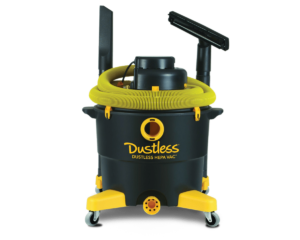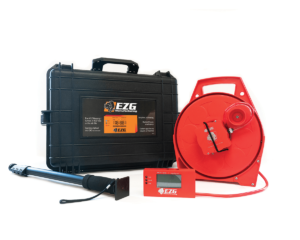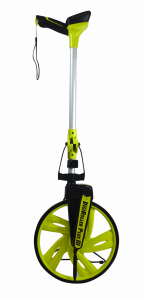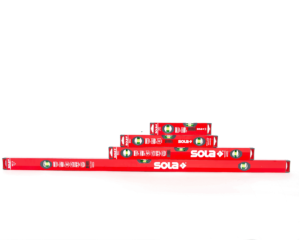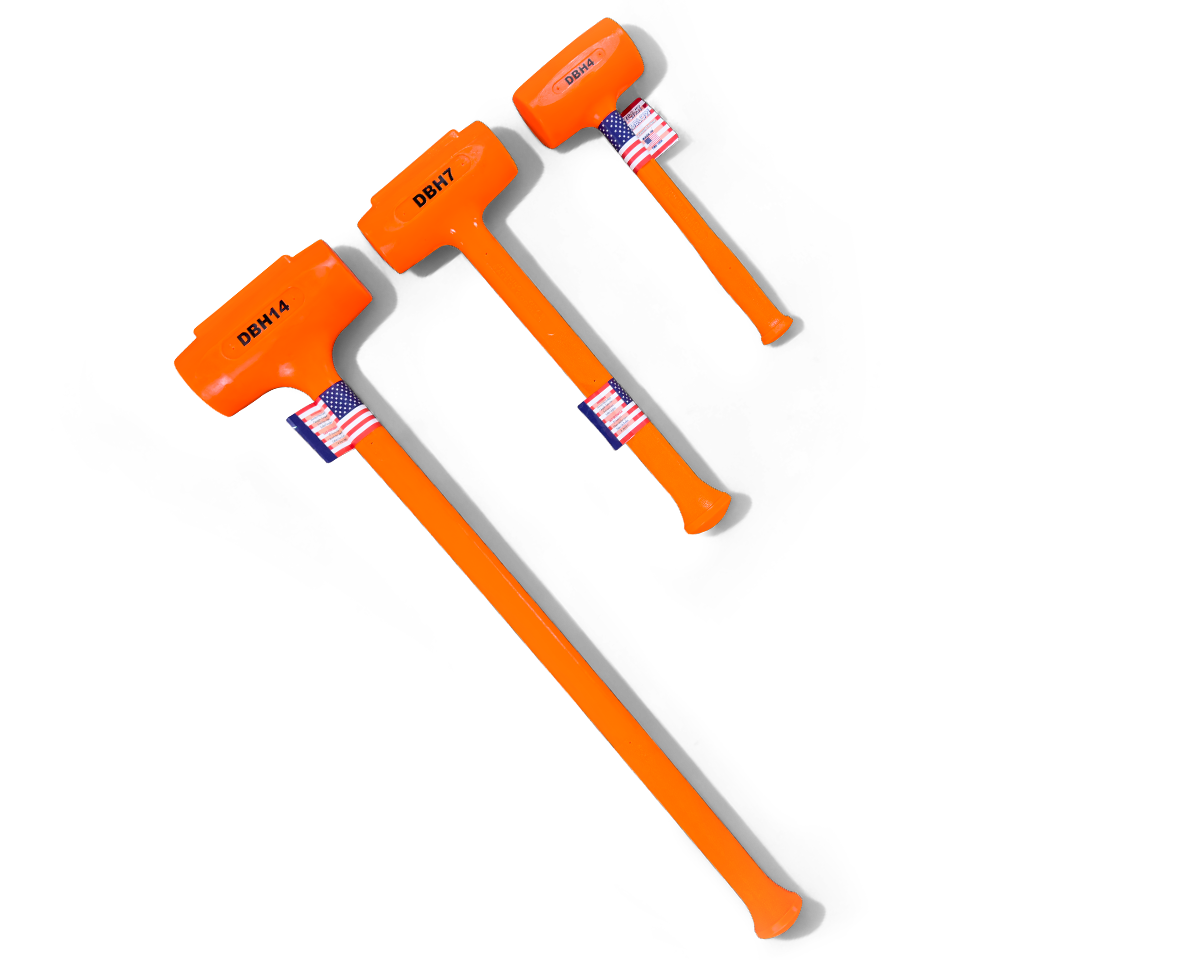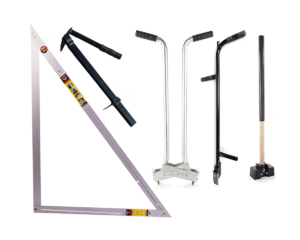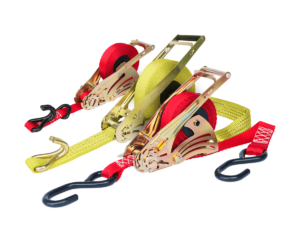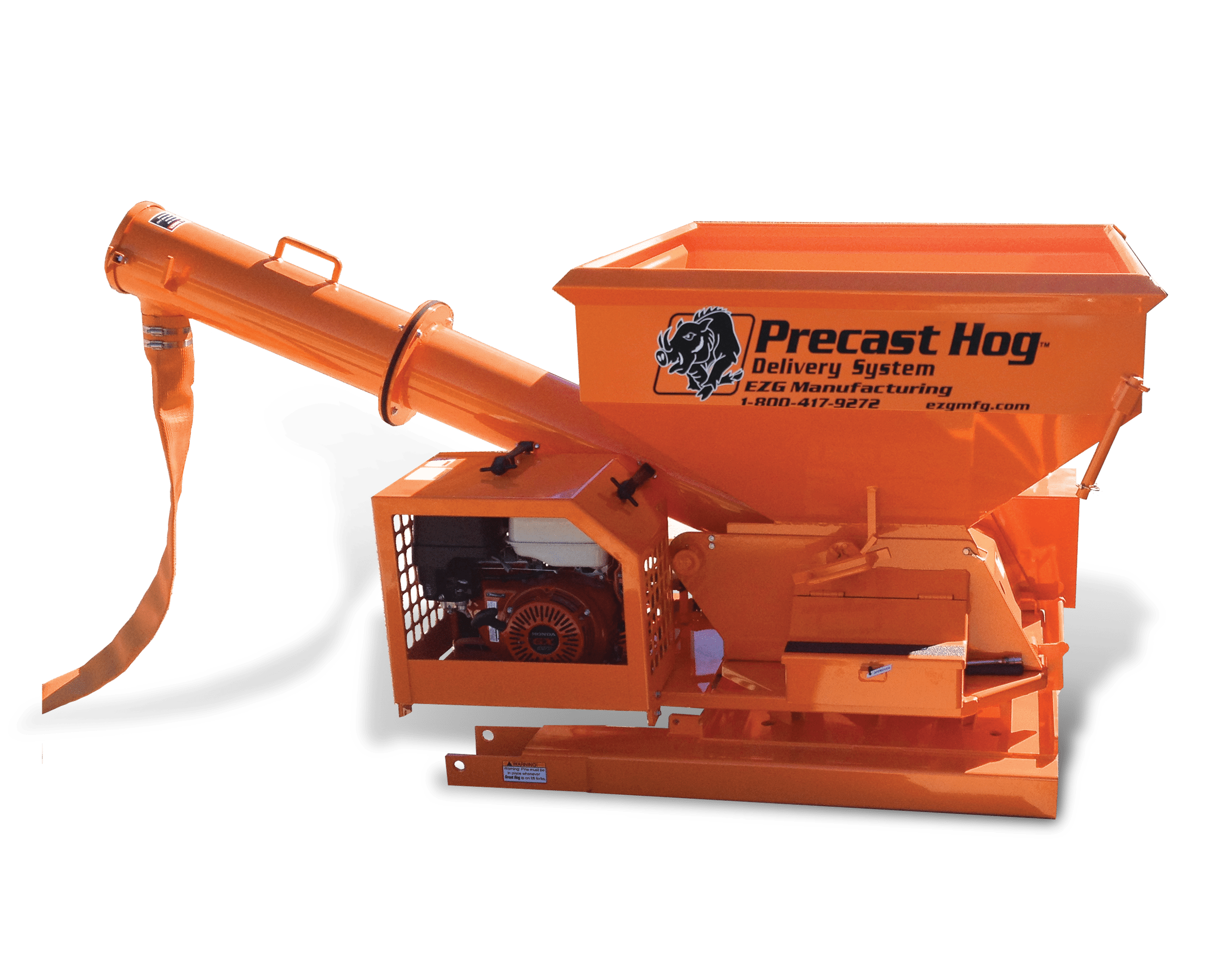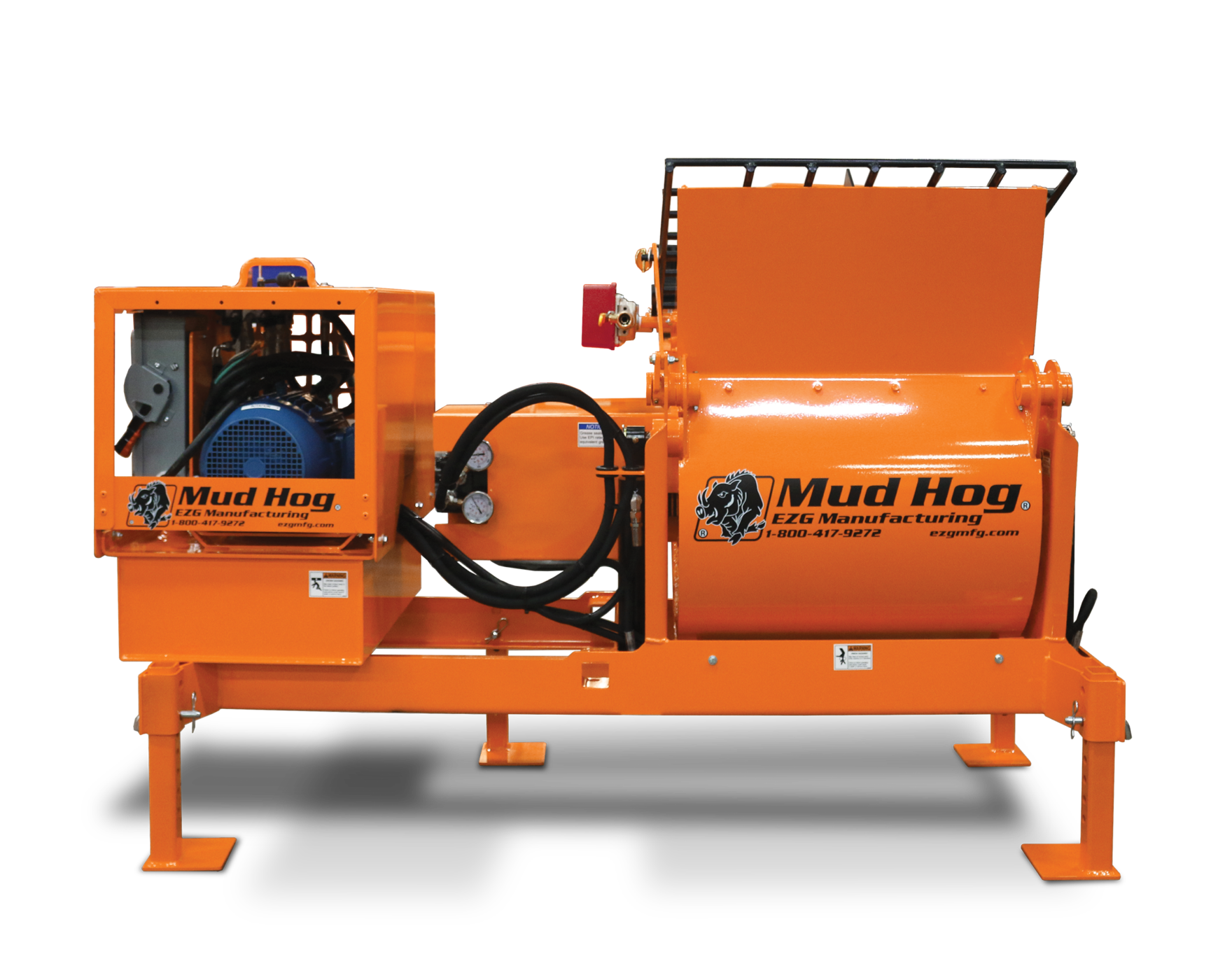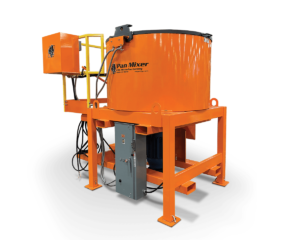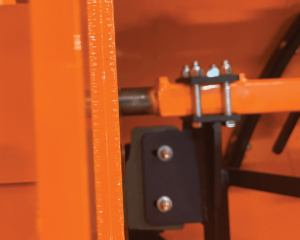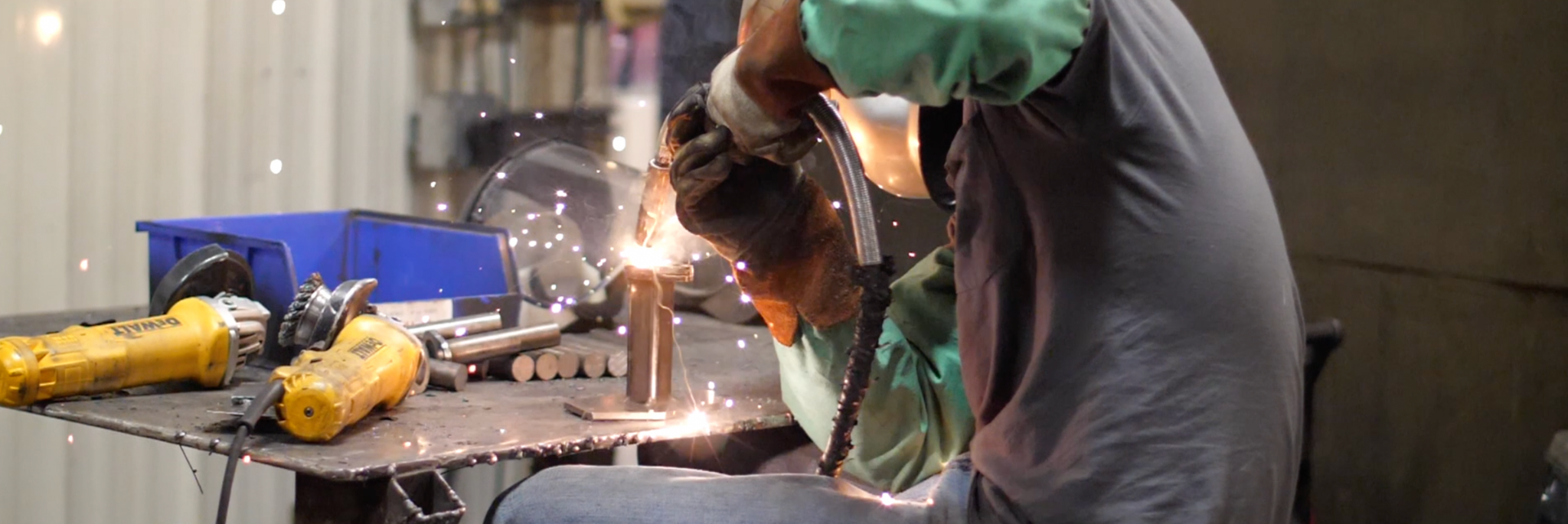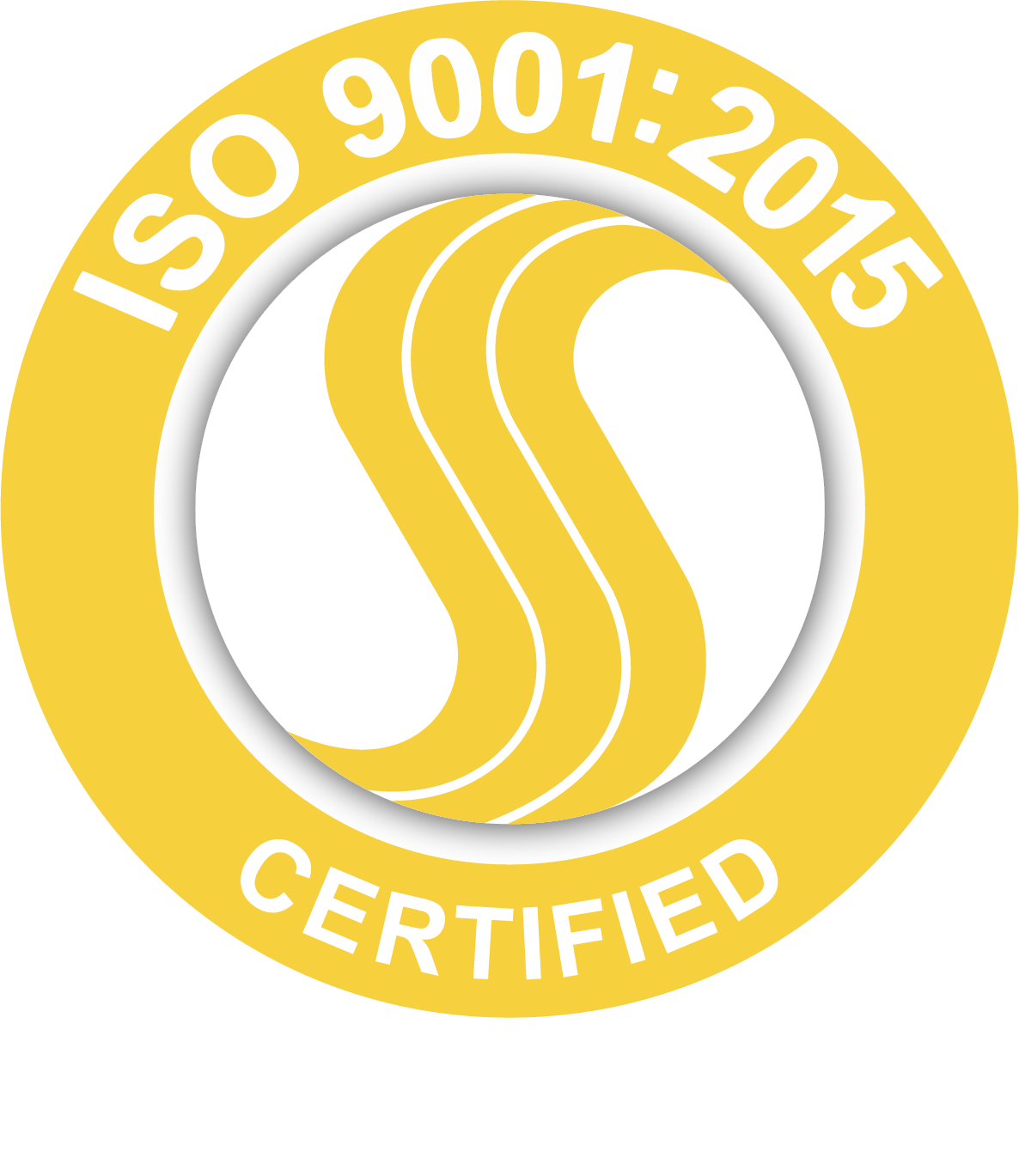When it comes to joining metal parts, two popular methods often come up: brazing and welding. Both are widely used in metal fabrication, but they differ in temperature, technique, and application. Understanding these differences helps manufacturers and fabricators select the right process for their specific application.
What is Brazing?
Brazing is a metal joining process that uses a filler metal to bond two or more metal parts without melting the base metal. Instead, the filler material melts at a lower temperature than the base material and flows between the metal surfaces through capillary action. This creates a strong joint without altering the shape or properties of the base metal.
Brazing Temperature Range
Brazing typically occurs at temperatures above 840°F (450°C) but below the melting point of the base material. This makes it ideal for joining metals without causing distortion or weakening.
How Brazing Works
To start the brazing process, the metal parts are thoroughly cleaned and aligned, leaving a small gap to accommodate the filler metal. Heat is then applied evenly to both components until the filler material melts. Through capillary action, the molten filler flows into the joint, filling the gap and bonding the pieces together. Once the assembly cools, the filler solidifies, creating a strong, durable brazed joint.
Common Filler Materials
- Copper-based alloys
- Silver brazing alloys (sometimes called silver solder)
- Nickel-based materials for high-strength requirements
Applications
- Joining dissimilar metals, such as stainless steel to copper.
- Plumbing and HVAC components.
- Sheet metal assemblies where distortion must be minimized.
- Decorative items requiring smooth finishes.
What is Welding?
Welding involves fusing the base metal by melting it and, in most cases, adding a filler metal to create a strong bond. This process operates at much higher temperatures than brazing and changes the structure of the base material.
How Welding Works
In welding, heat from an electric arc, gas flame, or laser melts the base metal at the joint. This creates a molten area known as the weld pool. A filler material is often added to increase joint strength and improve the bond. As the weld pool cools and solidifies, the two pieces fuse together, forming a single, continuous structure.
Common Welding Processes
- MIG Welding: Uses a wire electrode and shielding gas.
- TIG Welding: Provides precision for thin metals and specific applications like aerospace.
- Stick welding for construction and heavy-duty work.
Learn the difference between MIG and TIG welding
Applications
- Heavy structural fabrication.
- Automotive frames and components.
- Industrial machinery and high-stress environments.
Brazing vs Welding: The Main Differences
| Aspect | Brazing | Welding |
|---|---|---|
| Temperature | Lower than base metal melting point | Higher than base metal melting point |
| Base Material | Does not melt | Melts to create the joint |
| Filler Material | Melts and flows via capillary action | Melts with or without filler |
| Strength | Strong joint but weaker than welded joint | Very strong bond, ideal for structural loads |
| Applications | HVAC, plumbing, thin sheet metal, decorative parts | Heavy fabrication, automotive, industrial |
| Dissimilar Metals | Handles different melting points well | More difficult for different metals |
| Distortion Risk | Minimal due to lower temperature | Higher risk due to extreme heat |
| Finish | Smooth, neat | Often requires grinding or finishing |
Advantages and Limitations
Brazing Advantages
Brazing offers several benefits that make it a practical choice for many applications. It works particularly well with dissimilar metals, such as stainless steel and mild steel, making it versatile for different material combinations. Because it uses lower heat, brazing minimizes the risk of warping thin components. It also produces smooth, clean joints that are ideal for applications where appearance matters.
Brazing Limitations
The joint strength is typically lower than that of a welded joint, which can make it less suitable for structural applications. Brazed joints are not recommended for extreme conditions or heavy-load environments. Another consideration is the need for precise surface preparation to achieve a strong and reliable bond, which can add time to the process.
Welding Advantages
Welding is favored when a strong and durable connection is required. It creates a solid bond by fusing the base materials, which makes it ideal for structural components and industrial applications under high stress. Welding also handles thick materials and large assemblies effectively, which is why it’s often used in construction, heavy machinery, and manufacturing.
Welding Limitations
The high heat involved in welding can distort thin metal pieces, which is a concern in precision work. In some cases, expensive welding techniques are necessary for handling special materials or complex designs. Additionally, joining metals with different melting points can be challenging, requiring more advanced processes and preparation.
Can You Weld Over Brazed Joints?
This is a common question in metal fabrication. The short answer: It’s generally not recommended. Brazing introduces filler metals like copper or silver alloys, which can contaminate the weld area, cause porosity, and reduce strength.
If welding over a brazed joint is unavoidable:
- Remove as much of the old filler as possible.
- Thoroughly clean the joint to avoid contamination.
- Expect additional preparation and possible risk of failure.
Factors to Consider When Choosing Between Brazing and Welding
- Joint strength required for your application.
- Base material type and thickness.
- Aesthetic requirements (smooth finish vs structural strength).
- Cost constraints (brazing can be more cost-effective for thin parts).
- Different applications: Decorative work vs load-bearing structures.
Quick Comparison Table: Brazing vs Welding at a Glance
| Feature | Brazing | Welding |
|---|---|---|
| Heat Level | Low (below base metal melting point) | High (melts base material) |
| Strength | Moderate | High |
| Best for | Small parts, dissimilar metals | Structural components, thick sections |
| Cost | Lower for small assemblies | Higher for large projects |
Partner with EZG for Expert Metal Joining Solutions
At EZG Manufacturing, we specialize in advanced welding techniques, including MIG, TIG, robotic welding, and manual welding, to handle projects of any size and complexity. Our facility in Malta, OH is equipped to fabricate everything from precision sheet metal components to large industrial assemblies, delivering quality, accuracy, and consistent results.
If you’re planning a metal fabrication project, let our experienced team help you choose the right joining process and bring your vision to life.
